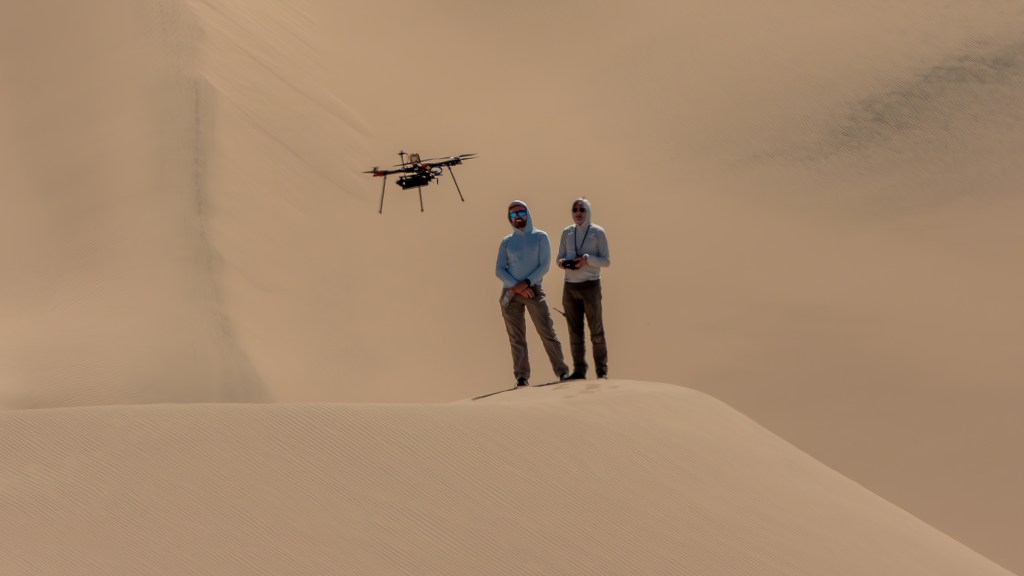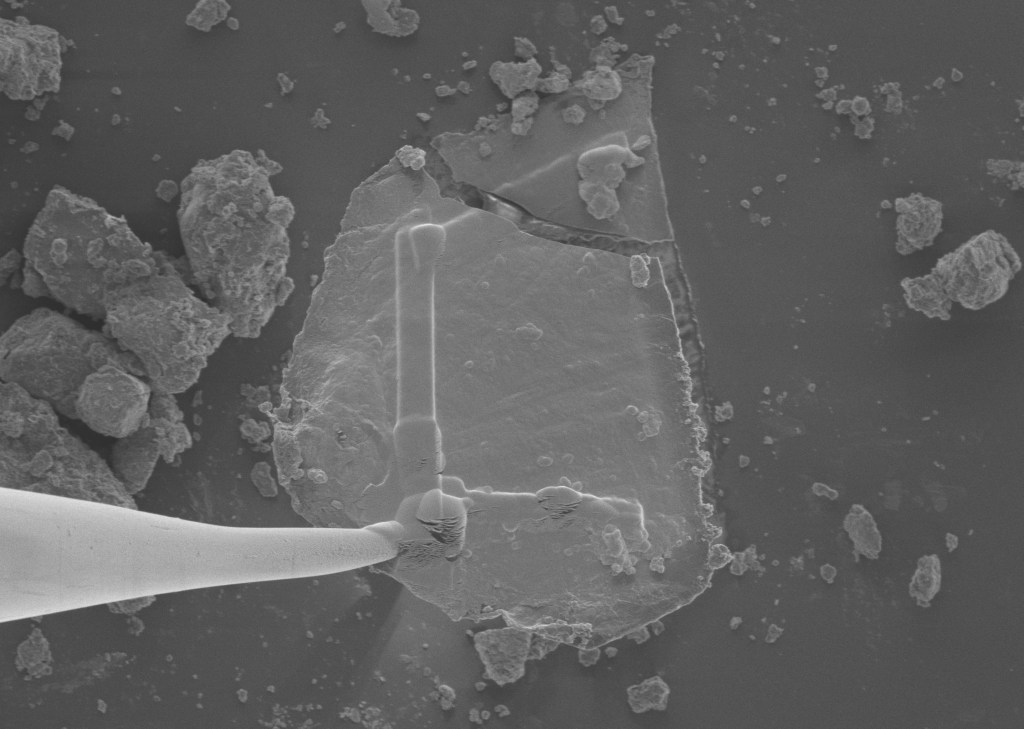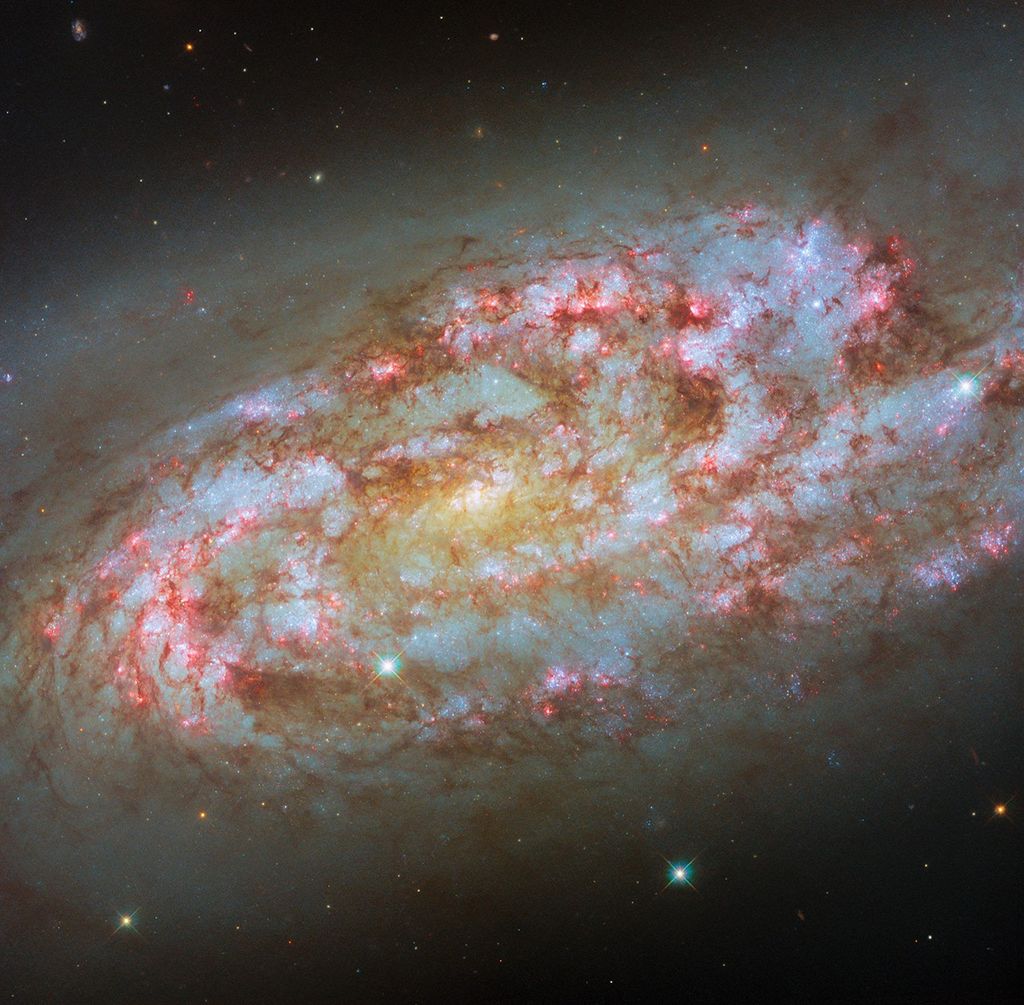PROJECT
NexGen Micro-Shutter Array (NGMSA)
SNAPSHOT
Advanced technology micro-shutters enable NASA to study galaxy evolution across cosmic time.
How did the first stars and galaxies form after the big bang? How did they evolve to produce the chemical elements that we observe in our world today? The answer is encoded in the starlight that is emitted by galaxies. Astronomers use large telescopes in space and on the ground to capture this light in order to extract the information it contains. The sharpest tool in the shed for extracting information from starlight is a technique called spectroscopy. This technique enables scientists to identify the atoms and molecules that produce the light from galaxies, stars, and planets. It also reveals the velocity at which these objects are moving relative to Earth.
A team at NASA’s Goddard Space Flight Center is developing new micro-shutter technology that will enable space telescopes to perform spectroscopy on a large number of objects simultaneously. Spectroscopic measurements of faint astronomical sources typically require very long exposures. The multiplexing capability enabled by micro-shutters is crucial for acquiring spectra on a large sample of objects to yield statistically significant results.
In Multi-Object Spectroscopy (MOS), a telescope and camera are used to form an image of the sky on an array of microscopic shutters that can be individually opened or closed by a computer. Shutters under the astronomical sources of interest in the image are commanded to be open, while all others are kept closed. In this way, light from just the sources of interest can be sent into a spectrometer that is designed to measure the spectra from each source without comingling them. Since the pattern of open and closed shutters is programmable, this technique can be applied to any field of stars or galaxies.
Developing technologies that enable MOS for use on future space telescope missions is a priority for NASA’s Cosmic Origins Program.

The Goddard team’s first-generation micro-shutter technology enabled the James Webb Space Telescope (JWST) Near Infrared Spectrograph (NIRSpec), which will launch later this year. Webb’s micro-shutter technology involved a combination of electrostatic and magnetic actuation systems that resulted in a heavy, complex, mechanical assembly that does not scale to larger formats required by strategic mission concepts that are under study to respond to the 2020 Astrophysics Decadal Survey.
The team’s newly developed NexGen Micro-Shutter Array (NGMSA) technology eliminates the need for magnetic actuation, resulting in a shutter array assembly with very low mass, that is scalable to very large formats, and that involves no external mechanical complexity and no potentially life-limiting mechanical components. This major breakthrough has been flight-proven on a small 128 x 64 array of 200 x 100 micron shutter pixels aboard the Far-ultraviolet Off Rowland-Circle for Imaging and Spectroscopy (FORTIS) sounding rocket.
This new micro-shutter technology could be scaled to enable the large-format arrays needed for several mission concepts including the Large UltraViolet Optical InfraRed surveyor (LUVOIR), the Habitable Exoplanet surveyor (HabEx) strategic-class missions, and the Cosmic Evolution Through UV Spectroscopy (CETUS) probe-class mission, as well as the ongoing FORTIS sounding rocket program. The Goddard team is currently optimizing the NexGen array to maximize its reliability and to ensure the resiliency that is needed to withstand the rigors of spaceflight in support of the above mission concepts.
Further information is available at: https://asd.gsfc.nasa.gov/ngmsa/.

PROJECT LEAD
Dr. Matthew Greenhouse, NASA Goddard Space Flight Center
SPONSORING ORGANIZATION
Astrophysics Division Strategic Astrophysics Technology Program



































